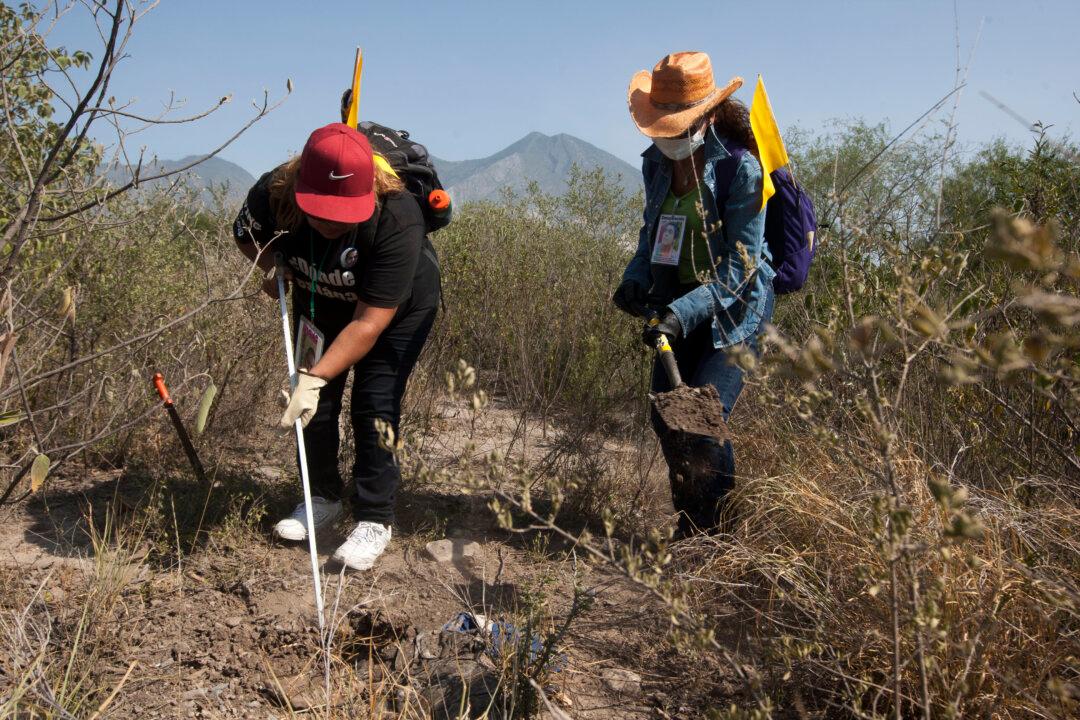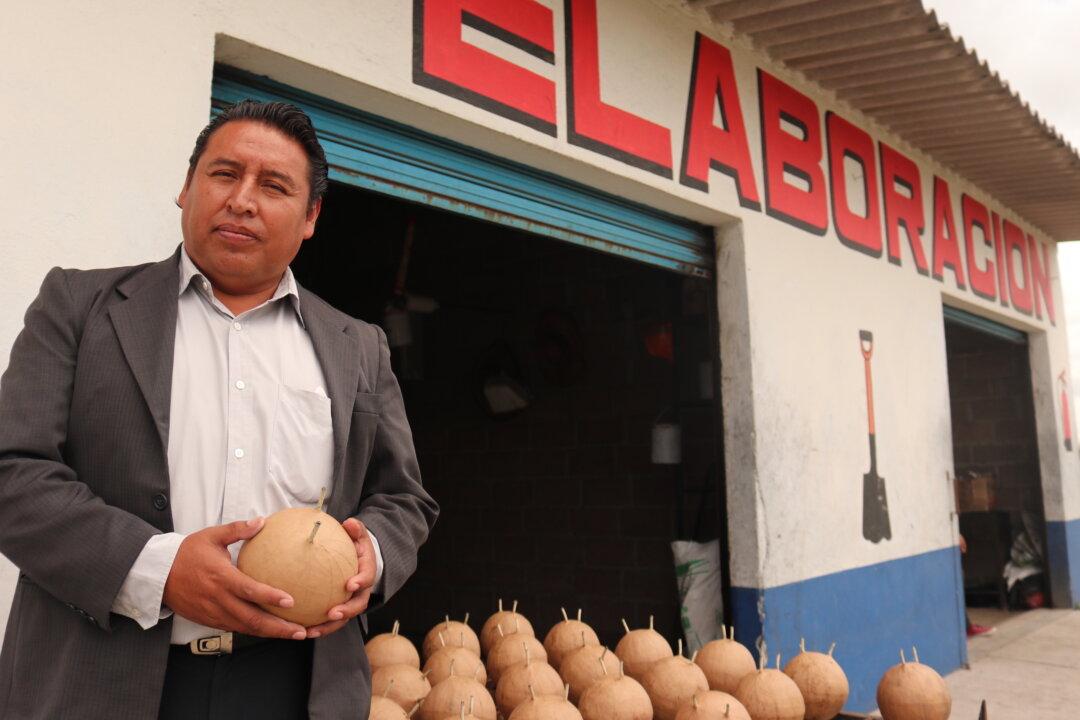MEXICO CITY—It may have been a daunting task, but the group of a dozen or so students seemed determined to scrub the graffiti off the side of the most famous building on the main campus of the National Autonomous University of Mexico (UNAM), while wearing surgical-style masks to avoid inhaling the pungent mix of water and paint thinner.
“We are for freedom of expression, but not like this,” said Karen Aketzali García Miranda, who joined the clean-up group on Sept. 7 at the end of a tumultuous week at the largest and most storied university in Latin America.
Earlier that week, on Sept. 3, a group of students from one of UNAM’s many affiliated schools and colleges held a demonstration in front of the rectory at UNAM’s main campus.




